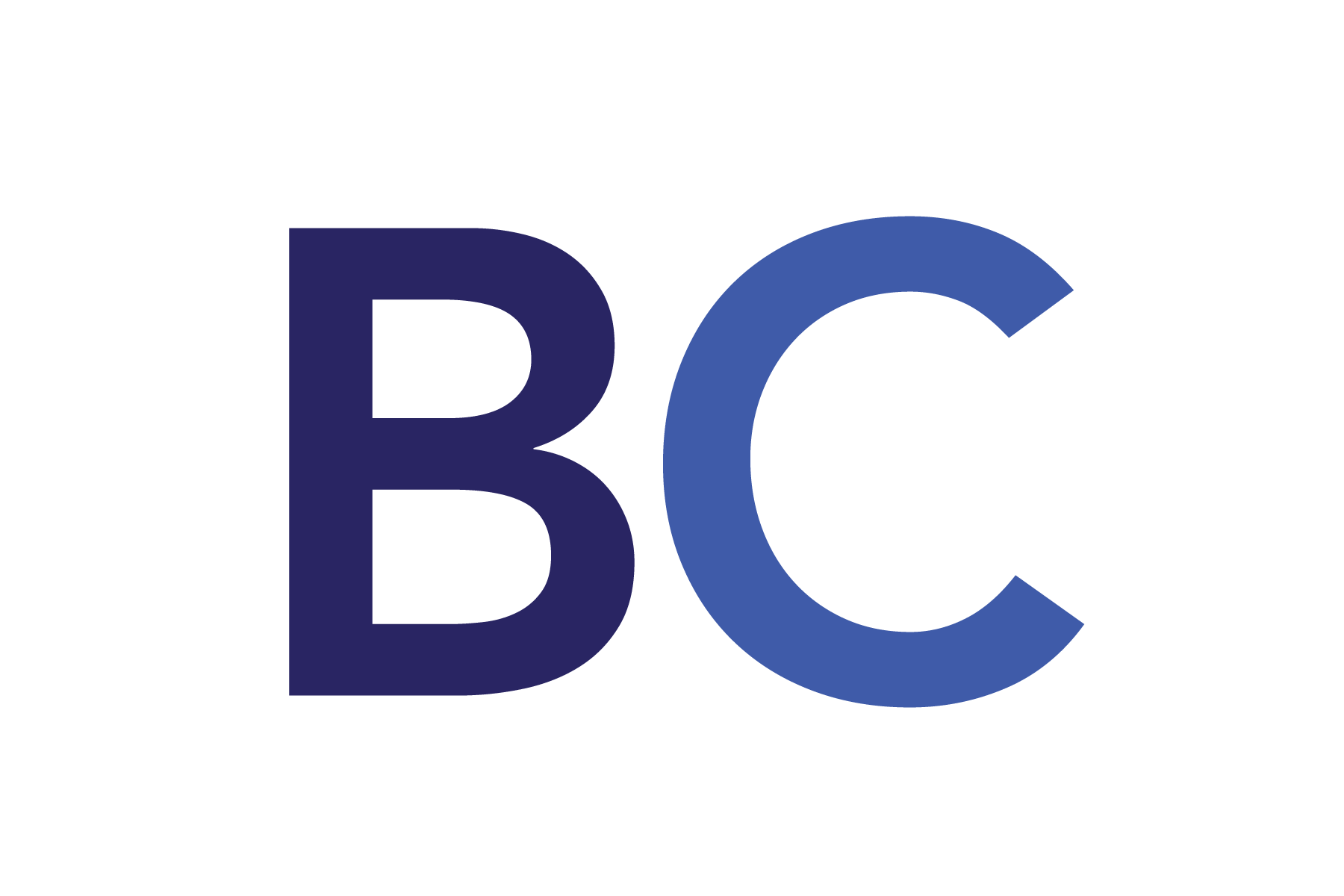Student loans are designed to help students pay for higher education expenses. Options ultimately depend upon each family’s needs and resources.
Types of Student Loans:
- Federal Aid: Certain federal aid programs are available to families with modest means. These include Pell Grants, Subsidized Stafford Student Loans, and Supplemental Educational Opportunity Grants. Another option are PLUS Loans, which are not need-based and typically carry less favorable provisions.
- Institutional Aid: Some schools also offer direct financial assistance to families. This aid may be merit-based, need-based, or some combination of the two. Institutional aid varies widely based on each school’s resources.
- Private Loans: These are loans offered directly by banks, credit unions, and other private companies. Terms and conditions are set by the lender.
Application Process:
- All families must complete the FAFSA form to apply for federal student loans. This information helps determine eligibility for various types of federal aid. Click here for useful tips before filling out the 2024/2025 FAFSA form.
- Many schools also require an additional form, called the CSS Profile, to determine institutional aid eligibility. The CSS Profile relies on a slightly different formula than the FAFSA form.
Loan Disbursement:
- Outside loans are disbursed directly to the educational institution. Any funds remaining after tuition and fees are refunded to the student for additional education-related expenses.
Interest, Fees and Repayment:
- Loan repayments may begin immediately or after a grace period. The repayment policy depends on the type of loan. Repayment plans, deferment, and forbearance options may exist.
- Federal student loans have fixed interest rates set by Congress. Favorable loan programs may also offer certain interest subsidies.
- Servicing and origination fees may apply.
Families should consider their funding options carefully. Parents and students should explore scholarships, grants, and other forms of financial aid before resorting to loans and only borrow necessary amounts.
It is also important to be proactive. An educational needs analysis can inform families about their funding capacities and constraints. Certain planning techniques may also optimize financial aid eligibility for families. Finally, 529 Plans are an excellent, tax-advantaged savings vehicle for forward-looking families.
#educationfunding #FAFSA #financialaid #studentloans



